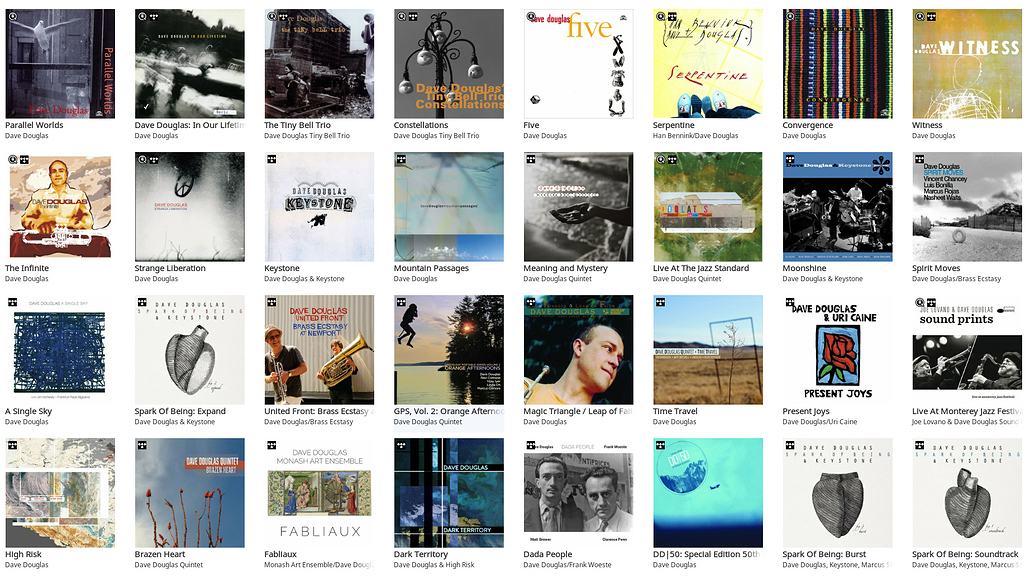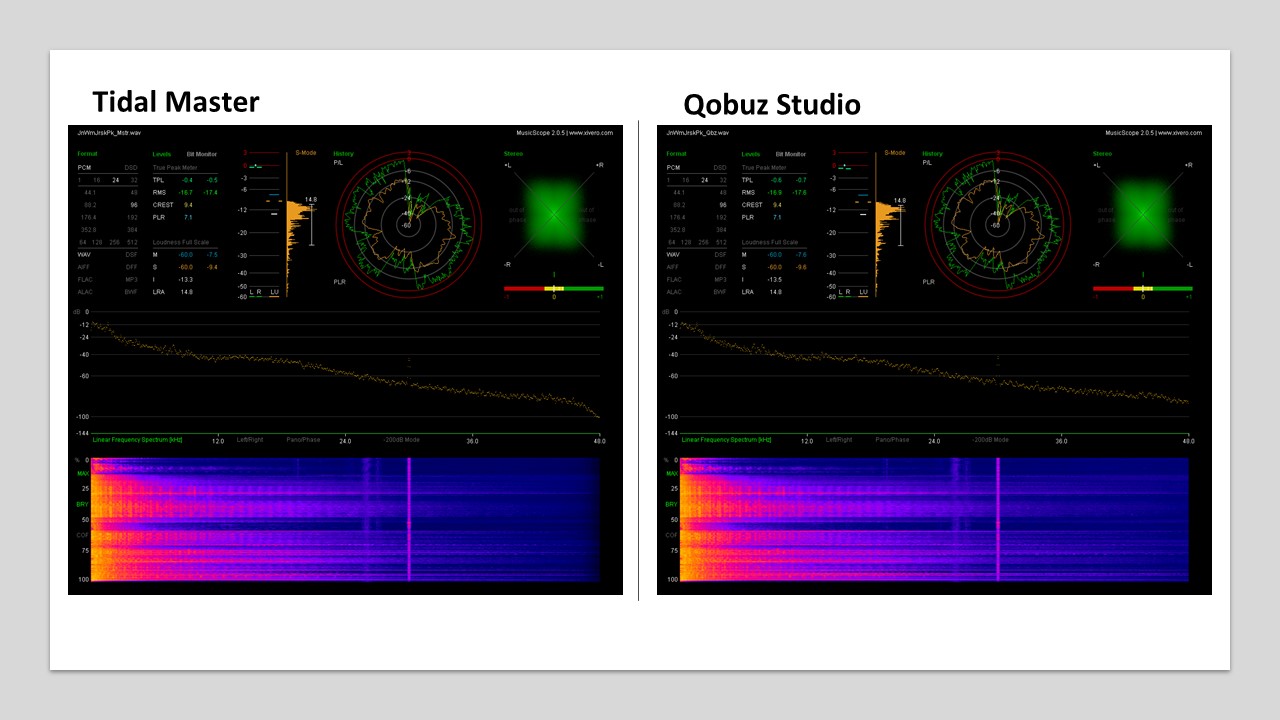


Although you can choose to play MP3 versions of songs if you want (for example over 3G/4G on your phone when using ear buds to reduce data usage) all but a very very few tracks have at minimum CD quality FLAC at 44.1Khz 16 bit available.
Qobuz vs tidal trial#
So far I have listened more to Qobuz than Tidal since that trial runs out first but here are my thoughts so far on sound quality: So I signed up for a free month trial of Qobuz which runs out in about 10 days and recently signed up for a free month trial of Tidal as well so I can do a direct comparison within the trial periods.
Qobuz vs tidal full#
(More on that later)Īs it happens, Volumio with the MyVolumio subscription supports full quality playback of both Tidal and Qobuz out of the box, (as well as playing my local FLAC, AAC, MP3 content and Spotify as well) making it very easy to do direct comparisons of the different sources using the same software and same DAC. So I came across Qobuz and Tidal who seem to be the two main players right up until the very recent announcement of Amazon Music HD. I decided enough was enough and that it was time to research music streaming services that offer lossless audio, which didn't exist back when I first joined Spotify many years ago but now did exist. I tried many CD's and the result was the same - I had forgotten how good CD's sounded compared to lossy codecs after years of conditioning (brainwashing ?) by listening to lossy audio.
Qobuz vs tidal tv#
Surprisingly or perhaps not surprisingly despite this tortuous signal path there was no doubt that the CD played via the Xbox one and TV to the amplifier sounded better than the Spotify version of the album through a much better quality DAC. Hardly an ideal signal path - fine for watching TV Shows and Movies but not what I would want to use for Music. I was recently going through some old CD's and decided to try playing one for the first time in years - the only thing I have that will even take an optical disc now is an Xbox one! This goes to the TV via HDMI and the headphone analogue output of the TV then goes to the amplifier. My main digital music playback system is now a Raspberry Pi 4 running Volumio with a Behringer UMC204HD USB DAC. My music collection has been a mixture of CD's, CD's ripped to Flac, CD's ripped to AAC, older "acquired" MP3 rips, and Spotify, and after moving country once and house twice since then I no longer even own a CD player, despite keeping my CD's for possible future ripping to FLAC. Of the three I would rate AAC as the best with Ogg Vorbis considerably worse and MP3 marginally worse than Ogg Vorbis. Personally, I don't like the sound signature of Ogg Vorbis. Some of you may know that Spotify is alone in using Ogg Vorbis with other services using either MP3 or AAC. I figured that anything I really liked I would buy the CD's for, but I never did!

Then a number of years after that I first tried Spotify, lured in by the low monthly cost and more or less unlimited access to browse and instantly play nearly any music and got hooked on the easy discovery of new music. Then when iTunes switched from 128kbit DRM AAC to 256kbit non-DRM AAC I got a bit lazy and started buying albums from iTunes knowing full well that they didn't sound quite as good as an actual CD.but they sounded "close enough" for most music, and could still sound pretty good on a good system, and convenience was the driving factor. For many years I used to "sample" music online and anything I liked enough I bought on Redbook CD. Like many of you I build and tweak speakers and take sound quality very seriously. I was interested to hear from anyone who has used Tidal or Qobuz on a high quality system (eg not earbuds, car etc) and what they thought of the sound quality, music catalogue etc.įirst a confession.
Qobuz vs tidal Pc#
I wasn't quite sure if this should go in Digital source or PC based so I'll put it here.


 0 kommentar(er)
0 kommentar(er)
